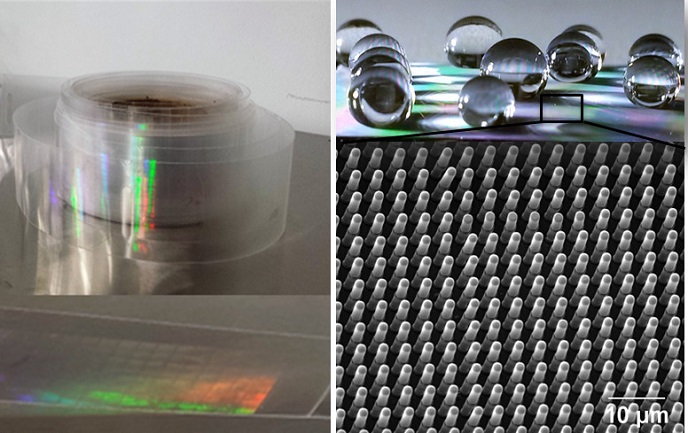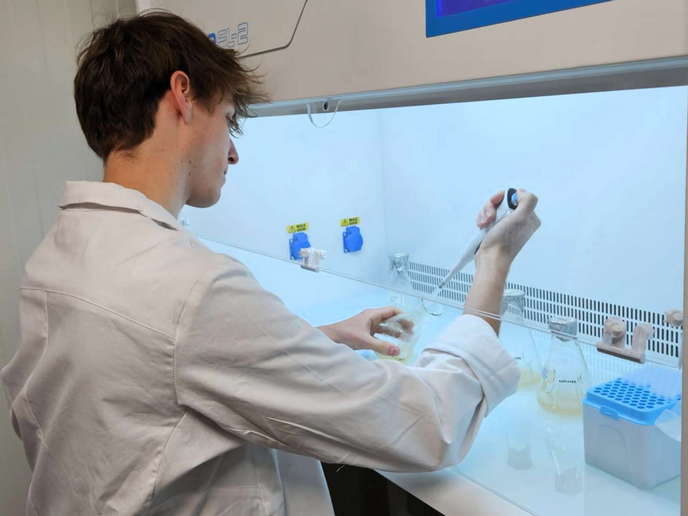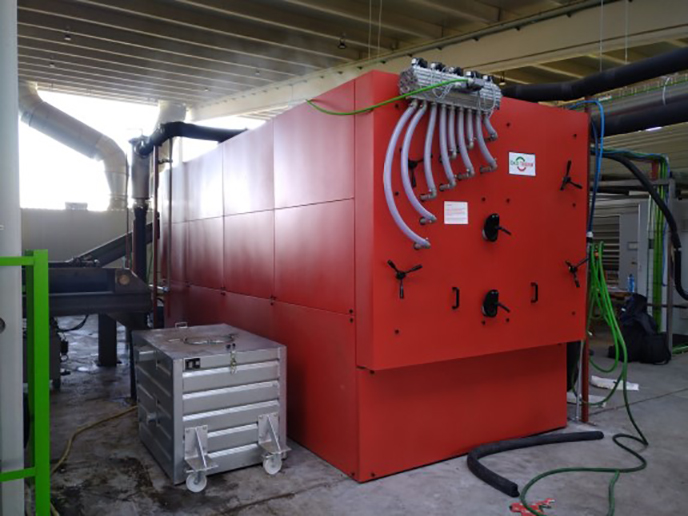Scaling up Europe’s nanocomposite manufacturing potential
Nanocomposite materials are used in the construction sector to make weather-resistant surfaces, anti-corrosive coatings and easy-to-clean façade panels. Their porous nature also makes them ideal for lightweight insulation. But despite growing industry and consumer demand for such flexible green solutions, commercialising nanocomposite building materials has proven to be a challenge. “Most of the manufacturing companies we are talking about here are SMEs, which means that producing nanocomposites in volumes that would be useful to the construction industry is a real issue,” explains project coordinator Prof. Jose-Luis Valverde from the University of Castilla-La Mancha in Spain. “The challenge isn’t getting the science right or even finding the market; it is scaling up from the lab to the pre-commercial production line, or pilot line. This is where the real bottleneck lies, and there are few scale-up specialists out there who can help.” Unblocking bottlenecks Addressing this bottleneck was the catalyst for the NANOLEAP (Nanocomposite for building constructions and civil infrastructures: European network pilot production line to promote industrial application cases) project. A coordinated network of nanocomposite-based product pilot lines was first established among project partners with experience in scaling up to help SMEs bring their products closer to commercialisation. Next, an open call for tenders was launched to attract SMEs interested in developing or testing their technologies through the network. “The idea behind the project was simple,” says Valverde. “SMEs would normally need a great deal of financial support to bring their ideas to market, so instead we’ve offered scaling-up services for free. These services also included the development of business plans and market analyses.” Focusing on near-industrial scale innovations enabled the project team to help SMEs implement their research results and further develop their products and processes. Innovations being pioneered by European SMEs include anti-weathering nanocomposite coatings to protect structures exposed to aggressive environments, such as wind turbines and offshore and marine infrastructure. Composite façade systems based on polymeric nanocomposites are another area of potential. These materials are significantly lighter than concrete or glass and can incorporate functionalities such as self-cleaning, UV protection and high thermal insulation. Simple solutions, major results Valverde believes that the project has been a highly positive experience for everyone involved. “For example, one of the nanocomposite manufacturing SMEs we helped was an Irish firm that aimed at developing nanocomposite solar thermal panels that could be mass manufactured and installed at a 50 % lower cost than existing metallic solar thermal collectors with lightweight and aesthetic benefits that will allow significantly enhanced solar collection capability. Other SMEs were supported for developing both biosensors for the detection of biomarkers in biological fluids, and coatings to be applied on magnetic steel laminations and on other metallic parts of machineries,” he says. “They had issues before bringing these to market. We were able to tap into our experience and help them improve and optimise their production processes.” For Valverde, this encapsulates the value of the NANOLEAP project: delivering simple solutions to SMEs that help them address major processing hurdles. A slight tweak to the firm’s production process means that they will now be able to bring more product to market, quicker. Other processing bottlenecks – for specific kinds of high-performance nanocomposite coatings that help protect against corrosion for example – were also addressed. “Metallic corrosion costs Europe EUR 200 billion every year,” says Valverde. “Reducing maintenance costs for civil infrastructure could lead to significant savings.” The success of the NANOLEAP project, which was officially completed in mid-2018, has led to the organisation of a new open call for nanocomposite manufacturers interested in benefiting from scaling-up expertise. “We are calling this the Flat Rate Open Call, with special low rates to attract SMEs,” says Valverde. “Our idea is to launch this call before the end of the year. Most project partners are involved, and from our side it’s about ensuring sustainable results.”
Keywords
NANOLEAP, nanocomposites, construction, insulation, thermal, corrosion, facade, infrastructure, building







